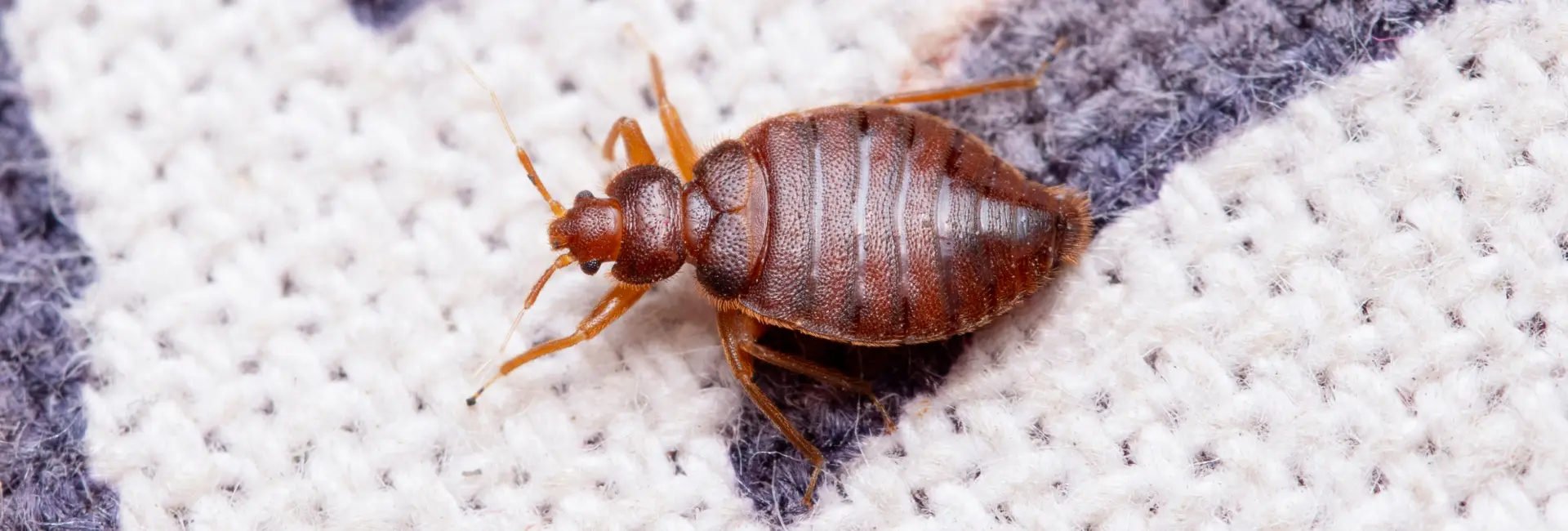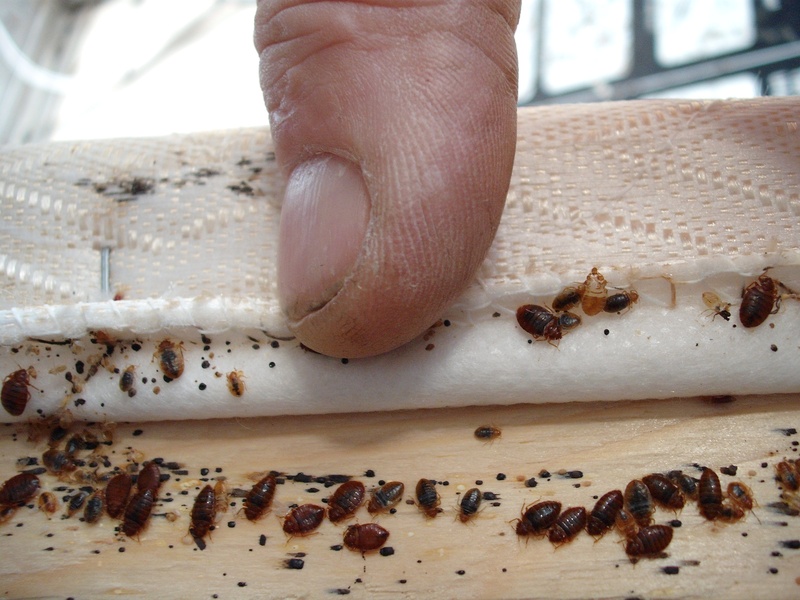A specialized Bed Bug Exterminator ensures total eradication with effective methods.
A specialized Bed Bug Exterminator ensures total eradication with effective methods.
Blog Article
Efficient Bed Insect Treatment Strategies: A Secret Component of Parasite Control
The resurgence of bed insect invasions has underscored the requirement for effective treatment methods within the bug control industry. These durable bugs, capable of evading conventional techniques, demand a diverse technique that incorporates both conventional and ingenious methods.
Recognizing Bed Pest Behavior

Among the defining attributes of bed bugs is their capacity to recreate rapidly. A single female can lay hundreds of eggs in her life time, causing speedy populace development if left untreated. In addition, bed bugs can survive for numerous months without feeding, enabling them to sustain periods of host lack, which can hinder prompt monitoring initiatives.

Traditional Therapy Techniques
While modern strategies to bed bug management have obtained appeal, traditional treatment techniques continue to be fundamental in resolving problems. These methods primarily consist of chemical treatments and physical interventions.
Chemical chemicals, such as pyrethroids and neonicotinoids, have been traditionally used to eliminate bed pests. These compounds work by disrupting the nerve system of the parasites, causing their eventual demise. Nonetheless, as a result of the development of resistance amongst bed pest populaces, effectiveness can differ.
Physical approaches, including heat treatment, have also become part of standard strategies. This involves elevating the temperature of infested areas to a deadly degree for bed pests, generally around 120 ° F(49 ° C) for continual periods. This method is particularly helpful as it can pass through numerous materials and does not leave chemical residues.
Additionally, comprehensive cleaning practices, such as vacuuming and washing infested bed linens and clothing, are vital in this method. Sealing splits and crevices, along with making use of bed mattress encasements, can additionally avoid bed pests from developing themselves in living areas. Collectively, these standard approaches offer a crucial structure for taking care of bed pest invasions successfully.
Modern Innovations in Treatment
The landscape of bed insect treatment has developed significantly with the development of modern-day innovations that improve effectiveness and performance in managing invasions - Bed Bug Treatment. One of the most notable advancements is making use of heat therapy, which entails elevating the temperature level of ravaged locations to degrees lethal to bed insects. This method not just gets rid of adult pests however also targets eggs, thus interrupting their reproductive cycle
An additional innovation is the execution of advanced tracking systems, such as bed bug detection pet dogs and sophisticated traps geared up with sensors. These tools aid identify infestations early, permitting for prompt intervention. In addition, the development of pesticides with novel settings of action, made to overcome resistance, guarantees that insect control professionals have reliable options at their disposal.
Additionally, the combination of technology in pest control administration, such as data analytics and mobile applications for monitoring and reporting problems, streamlines the treatment procedure. These innovations jointly add to even more lasting and reliable bed insect management techniques, showing the industry's ongoing commitment to boosting parasite control results. As an outcome, both building proprietors and insect management experts can approach infestations with greater confidence and precision.
Preventative Procedures for Problems
Effective avoidance approaches view it are critical in lessening the threat of bed insect invasions, with aggressive actions playing a vital role in protecting both residential and industrial rooms. Among the most effective tactics is regular evaluations of living and work areas, specifically in areas where people often gather, such as resorts and public transportation. Early detection can dramatically lower the opportunities of an invasion becoming developed.

Another safety net entails the cautious evaluation of used furniture and clothing prior to bringing them into your space. Using protective encasements on mattresses and box springtimes can also offer an efficient obstacle against bed pests.
Finally, educating homeowners and employees concerning the indications of bed pest presence, such as small blood discolorations or dark places on sheets, encourages people to act promptly if they suspect an invasion, consequently reducing the likelihood of prevalent concerns.
(Bed bug Exterminator)
When to Look For Professional Assistance
Identifying the indications of a bed bug invasion beforehand can make a significant difference in managing the issue efficiently. Small, brownish bugs, together with corroded stains on bed linens, are signs that need to not be overlooked. If these indications appear, it is vital to examine the severity of the scenario.
Bed insects are infamously resistant, and their capacity to hide in hard-to-reach areas complicates treatment initiatives. If you notice that bed bugs reappear regardless of duplicated attempts to remove them, it may be time to seek advice from a pest control professional.
Finally, individuals with allergic reactions or respiratory system issues need to prioritize professional treatment. The chemicals utilized in pest control can pose health risks if not used appropriately. Eventually, involving a certified insect control solution makes certain an extensive and reliable resolution to bed bug issues, protecting your home and health and wellness.
Conclusion
Effective bed insect therapy strategies are critical in managing invasions and reducing their impact. Eventually, recognizing bed pest actions and recognizing when to look for professional support ensure that efficient management approaches are utilized, contributing to long-lasting bug control success.
Report this page